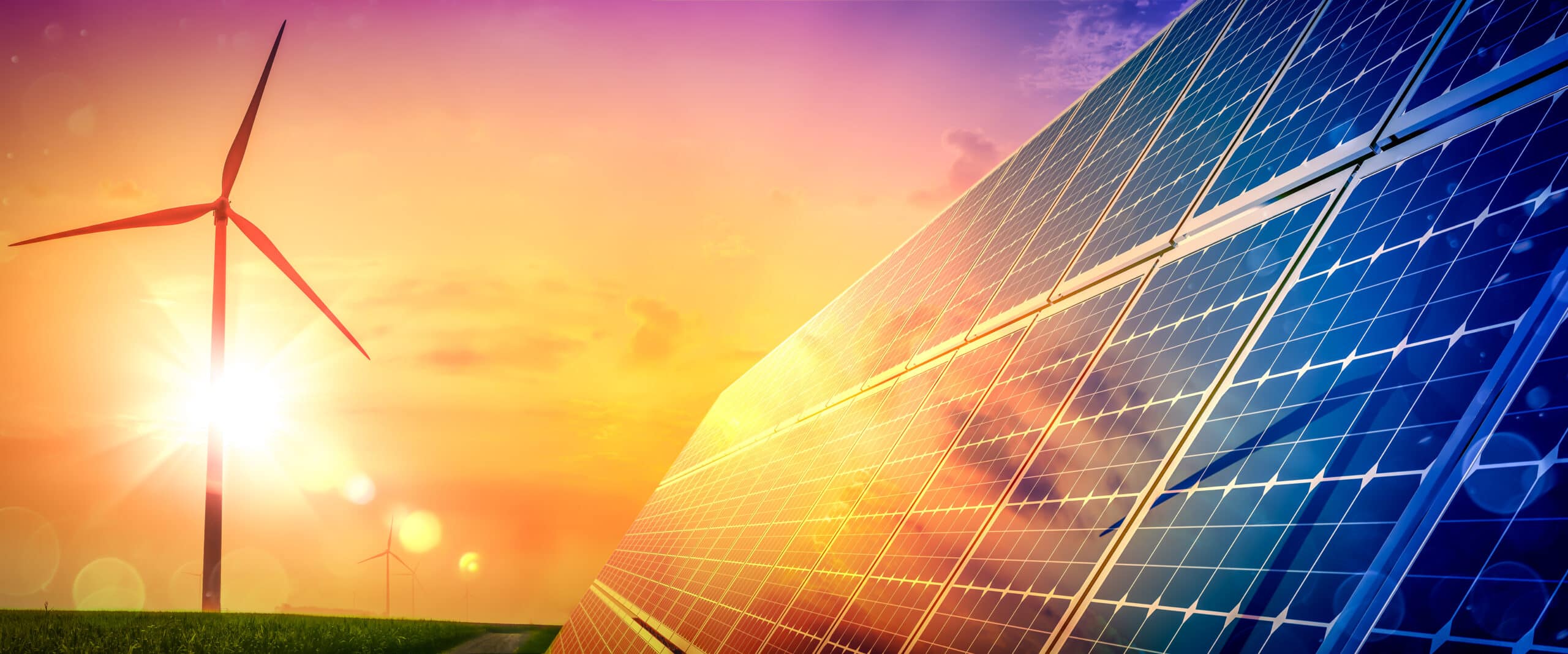
A Guide Through the Basics of Solar Panels
Solar panels, or PV panels, are thin structures that resemble windows. They are capable of transforming sunlight into electrical power by converting photons into energy. In this article, Von Power discusses Rebecca Brill’s write-up on the basics of solar panels. (Source: Forbes, A Complete Guide To Solar Panels, Plus Pros and Cons, by Rebecca Brill and Lexie Pelchen, November 15, 2022, https://www.forbes.com/home-improvement/solar/what-are-solar-panels/ ).
What are the different solar panel types?
Rebecca Brill and Lexie Pelchen share that solar panels are available in three types. These are thin film, polycrystalline and monocrystalline varieties of solar panels.
Von Power elaborates, “Thin-film solar panels are a newer type of solar technology. They use materials such as amorphous silicon, copper indium gallium selenide, and cadmium telluride placed between thin conductive sheets with glass protection. These panels are 350 times thinner than traditional solar panels and can appear black or blue in colour. While the least efficient type of solar panel, thin-film solar panels are commonly used in factory settings.”
Von Power continues, “Monocrystalline solar panels are produced from a single silicon wafer, resulting in longer-lasting panels that appear black due to sunlight interaction. Although more expensive than other options, they are considered the best-performing solar panels.
Polycrystalline solar panels are made from silicon solar cells, but they undergo a different cooling process, resulting in multiple crystals instead of a single crystal, and appear blue due to sunlight interaction. They are created as a more affordable option to monocrystalline solar panels, with relatively high efficiency for the average consumer.”
How much do solar panels cost?
Rebecca Brill and Lexie Pelchen say that the cost of solar panels can vary from 10,000 $ to 35,000 $. On average, it could be 15,000 $, but it will depend on your specific requirement.
Von Power agrees, “Solar panels cost will depend on various factors – the size of the system, the type of panel, the manufacturer, and the location of the installation. Your solar panel installation will happen only after thorough energy audits. Your service provider can guide you on the basic costs involved during this time. They will also share any additional costs, such as installation, permits, and equipment upgrades. Therefore, it is recommended to get a quote from a qualified solar installer for an accurate estimate”.
What factors should you consider before solar panel installation?
Rebecca Brill and Lexie Pelchen explain that you have to consider the orientation of the roof and the amount of sunlight it receives while planning a solar panel installation. A 30-degree roof angle is optimal, and shaded roofs may not be suitable.
Von Power adds, “The duration of time you will be staying in that property is also important. Solar panels take time to pay for themselves but can add value when selling a home. Additionally, location and electricity rates affect the value of solar panels, with higher rates providing more savings in the long run. Checking the amount of sun in the area is also recommended.”
Rebecca Brill and Lexie Pelchen write that investing in a solar panel system can be a financially smart decision. That is if you plan to stay in your current residence for an extended period and have a roof that receives adequate sun exposure.
Von Power concludes, “Solar panels have pros such as reducing electricity bills, lowering carbon footprint, and increasing home value. However, they also have cons. These include expensive initial costs, limited compatibility with certain roofs, and difficulty in finding affordable installation professionals.”

0 comments
Write a comment